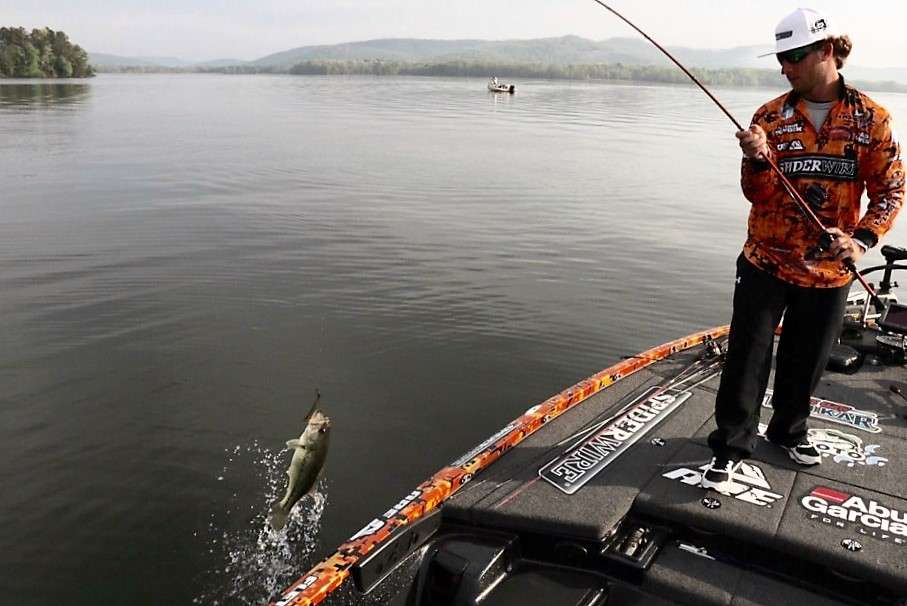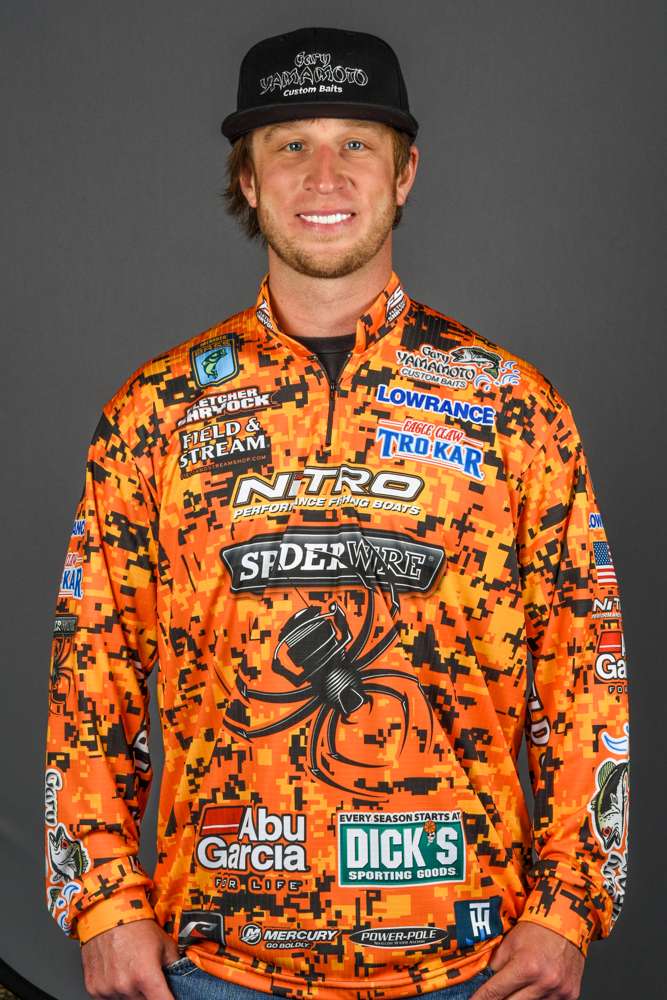
Fishing line is one tackle element that most anglers are very picky about. We all have rods and reels that we love and lures that we depend on, but your line is literally the connection to the fish.
In addition to being picky about their line, most anglers are also fiercely individualistic about it. I’m pretty sure that no two anglers use the same exact lineup of lines, and for most of us it’s a constantly changing arsenal.
I thought I had my line choices pretty much set, but in the past year or so I’ve really increased my use of Spiderwire braid with a fluorocarbon leader with my casting rods. I have always used the braid to fluoro leader on all of my spinning equipment but not with my heavy-duty casting equipment.
Justin Lucas, one of the fiercest competitors on the Bassmaster Elite Series, taught me the “Crazy Alberto Knot.” Beyond that, he told me how long he’d been using it on his heavy bait casting equipment without failure. If I’d had to recreate this process on my own, I never would’ve had faith in it, but he convinced me that it would improve my fishing. So far I’m sold that he was right.
First let’s look at the advantages of braid. You can cast it a mile. The sensitivity of it is far superior than any other line for detecting bites and overall feel – far greater than purchasing the most expensive/sensitive rod on the market and pairing it with mono or fluoro. There is very little to no memory, and it cuts through vegetation extremely well. One spool of braid can last an angler an incredible period of time. Also, your hookup ratio is better because there is no stretch.
To be fair, let’s talk about a few of the negatives. Braid does not work as well at times against hard cover like rock and wood. A slight amount of wear from a hard abrasive surface can cause the line to break easier than a line that contains stretch. Also, there can be an issue in an angler’s mind with fish visually seeing the line in ultra clear water due to the fact it’s not clear.
How can you combat the few negatives that exist and get the best of both worlds? Learn the knot to apply a fluorocarbon or mono leader and gain confidence in it.
The technique where I’ve been most pleasantly surprised is when I’m flipping with braid/fluorocarbon. My typical leader length is 2 to 4 feet. Of course, you will need to make some adjustments in your tackle. Instead of my normal heavy-action Abu-Garcia Villain 2.0 rod, I’ll use a medium-heavy version. Additionally, you may have to alter your hook set– you don’t need to crack down quite as hard as you do with straight fluorocarbon, but to be quite honest I end up hitting them pretty hard most of the time. It’s the perfect combo – the brute strength of braid with the slight added stretch of the leader.
I think that part of the reason many anglers don’t try this line setup is not because they’re afraid that the knot will fail, but rather because of the extra time it takes to tie it. The Alberto knot is remarkably simple. At first it took me a while, but now I can tie it relatively quickly and I know that it doesn’t have to be pretty to work. Just be sure to clip the tag ends close with a set of clippers. If you have a small ring on the tip of your rod, you may need to replace it with a bigger ring so that the knot can pass through easily. You’d be surprised at how easily the knot goes through the guides.
You may have to retie your lure regularly because the braid will magnify any weakness in your line, but I promise you that your effort will be worth it once you experience the advantages.
Another great thing about using braid is the fact that it lasts a really long time and an angler can save a lot of money by using it. I have used a lot less line this year than I have in the past. With all of these advantages I’ve talked about, you’re going to want to give it a try.

